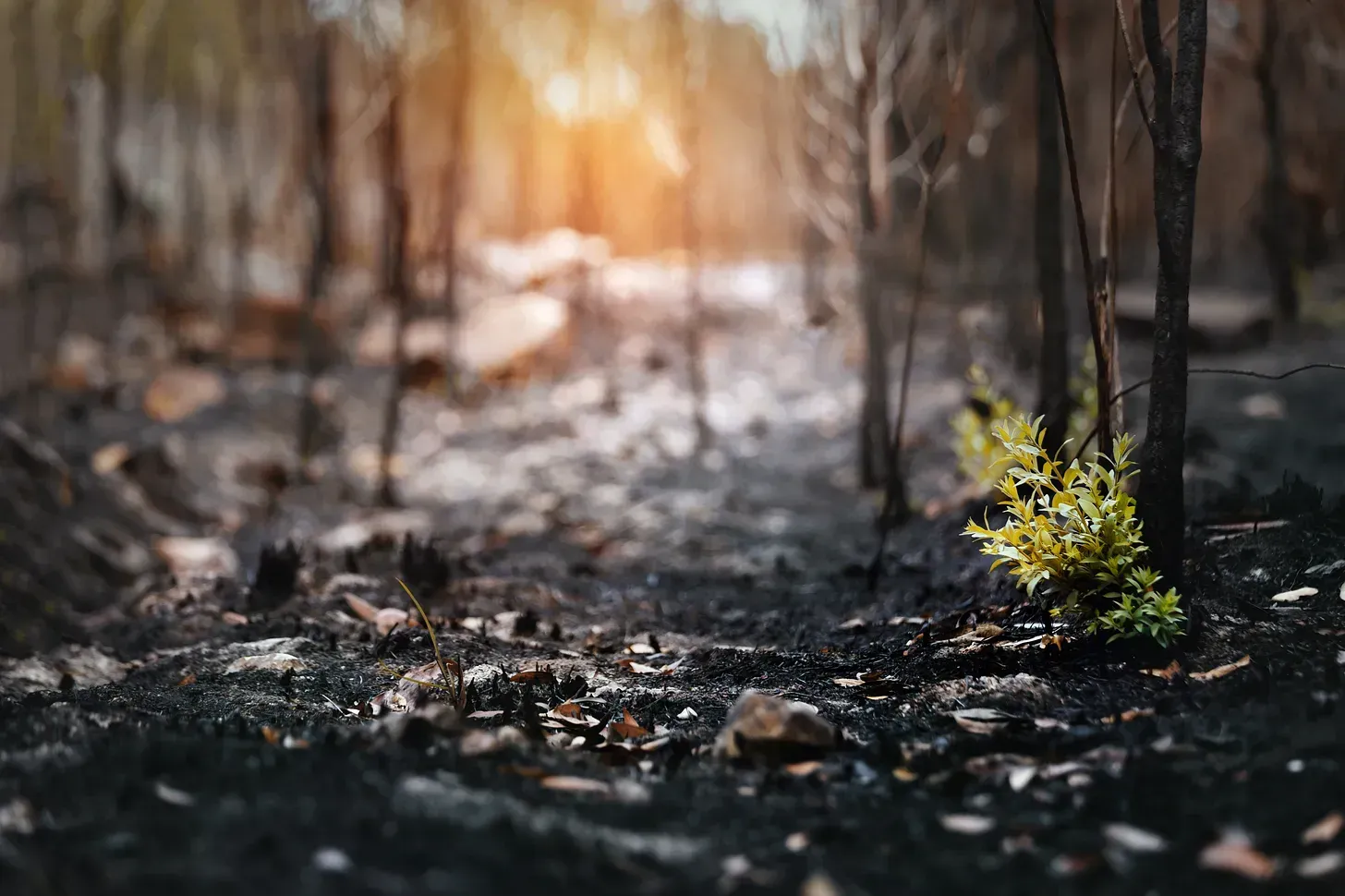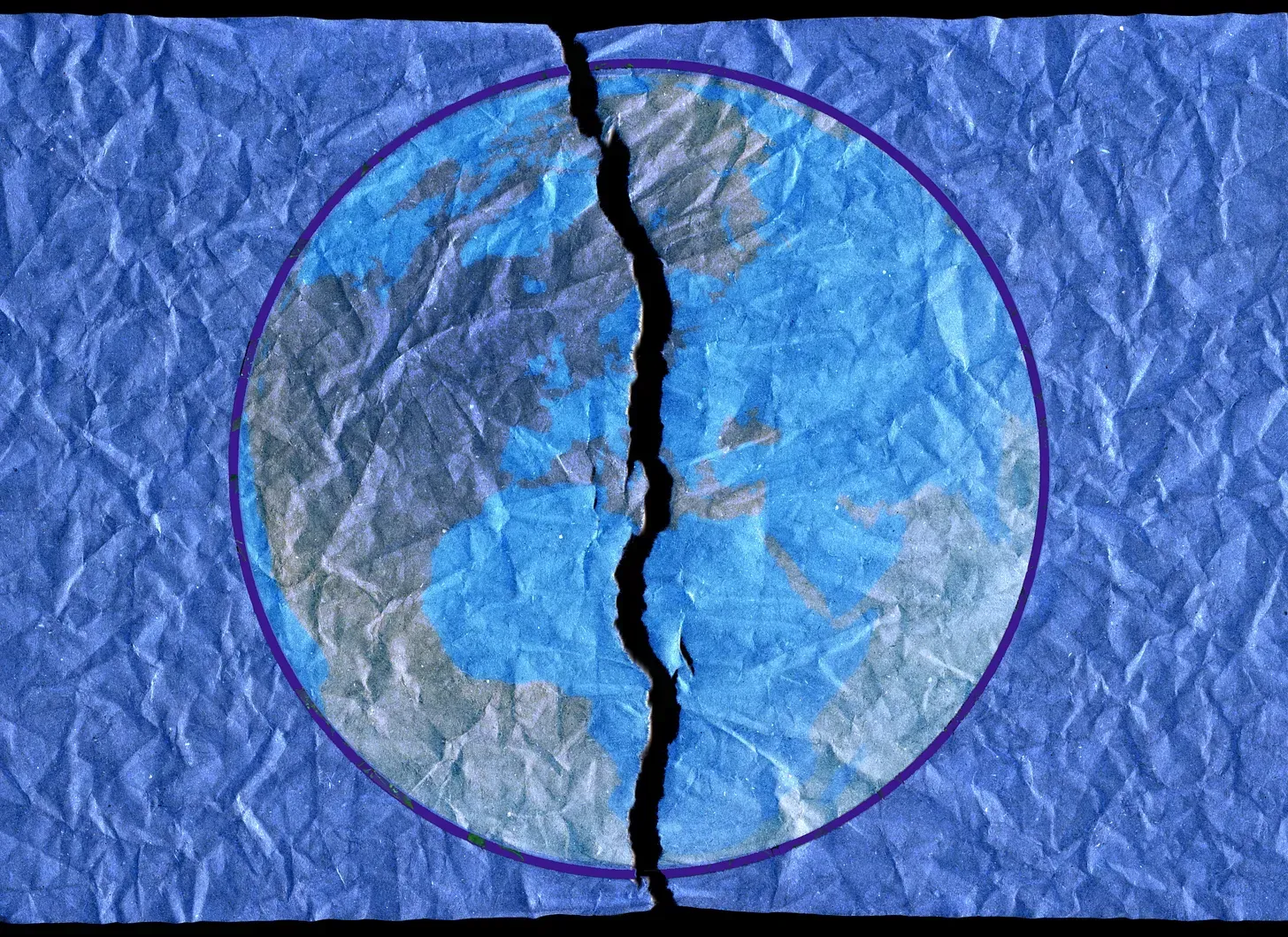Connecting the Dots between Spiritual Paths
Connecting the Dots between Spiritual Paths
by Cher Gilmore
image: Veronika Bychkova | Dreamstime.com
If you’re reading this article, you’re almost certainly on a spiritual path — whether you’re searching for the teaching that fits you best, or practicing the principles of one you’ve already chosen. For most thinking people, the spiritual journey starts broad and shallow and ends narrow and deep. A good bit of time at first is usually spent investigating a wide variety of teachers, religions and philosophies, each of which will ultimately be rejected as a personal path because it fails to satisfy in some way. Intellectually-oriented folks, for example, may not be attracted to a teacher or path whose focus is devotional. Or the rules and agreements required by a specific path may not be acceptable to the personality.
Eventually, though — without fail, if we truly desire it — we are guided to a path that suits us perfectly, and the one we settle on depends a lot on our point of evolution, our ray structure, and the focus we’ve chosen for this lifetime. These factors and how we are affected by them are discussed in detail in the Ageless Wisdom teachings, a systematic and comprehensive account of the evolution of consciousness in Man and Nature, the origin and function of the universe, and humanity’s place within it.
Because the Ageless Wisdom teachings are the common foundation of all the world’s religions and therefore bridge and facilitate many paths, it’s useful to know something about them. They were first introduced to the West by Helena Petrovna Blavatsky, who lived with and learned from ascended Masters in the Himalayas during the 1800s and wrote several books about her experience. Alice A. Bailey, Helena Roerich, and, in modern times, Benjamin Creme, have expanded upon and provided contemporary explanations of the teachings in their writings.
Briefly, according to the Ageless Wisdom, God is the sum total of all the Laws and all the energies governed by these Laws which make up everything in the manifested and unmanifested universe. We, in turn, are sparks of God — spiritual beings expressing ourselves through physical bodies. We are each essentially divine, but most of us recognize and demonstrate this divinity only to a limited degree.
The process by which we gradually manifest more of this divinity is rebirth (reincarnation). Like children entering the school system at kindergarten, we begin at a very basic level of human expression. Through the experiences of countless lifetimes in different countries and cultural and religious upbringings, in both male and female bodies, we learn the lessons of earth and proceed on our evolutionary journey back to our Source. The gains in each lifetime are carried over to the next.
The ‘method’ used in this educational system is the Law of Cause and Effect (or, in Eastern terms, karma) which the Bible would describe: “As you sow, so shall you reap.” In terms of modern physics, the law could be summarized as: “For every action there is an equal and opposite reaction.” By understanding and working within this impersonal law, we learn to make better choices and gradually take control of our own destiny. Through experiencing all that life in this world has to offer, we ultimately acquire total mastery over ourselves and become perfected beings — Masters of Wisdom — fully manifesting the divinity that dwells in each of us.
So, the good news is that all roads lead to Rome, so to speak.
It’s been pointed out that all major religions contain the same fundamental teaching — “love thy neighbor as thyself” — though they each state it in slightly different ways. In the Ageless Wisdom, this would be part of the principle of Harmlessness. If we all practiced this single tenet consistently, we would be well on our way to Rome (our Source, or enlightenment, or union with our spiritual or higher self — our ultimate spiritual goal, however stated).
Another aspect of the Ageless Wisdom has special relevance for us today. Throughout history, it teaches, when humanity has reached a major point of crisis, the Spiritual Hierarchy (those who have achieved mastery and graduated from the earth school) has sent a Teacher to lead the way. This usually occurs at the change of an age — a process we’re now in the midst of, moving from the Age of Pisces into the Age of Aquarius. The Teacher brings humanity the lesson for its next evolutionary step, which will be learned and practiced in the age being inaugurated. Jesus was the great Teacher for the Age of Pisces, for example, and the lesson he both taught and embodied was Love. The lesson for the Age of Aquarius will be Right Human Relations, and the Teacher, Maitreya, the head of our planet’s Spiritual Hierarchy.
The coming of Maitreya was foreseen and written about by both Helena Blavatsky and Alice A. Bailey. In recent times, Benjamin Creme not only wrote about Maitreya’s emergence, but spent over 35 years of his life traveling around the world speaking to rapt audiences about this momentous event, which he says is happening now. According to Creme, all the world’s religions are expecting a great Teacher, though under different names. The Christians expect the reappearance of Christ, the Hindus await Krishna’s return, the Jews are still waiting for the Messiah, Muslims anticipate the Imam Mahdi, and the expected Buddhist teacher is Maitreya Buddha. As the World Teacher for all humanity, Maitreya fulfills all these expectations.
Creme says Maitreya has been among us since July 1977 working behind the scenes, and is gradually emerging into public awareness. Though he is not yet being identified as Maitreya, he speaks about brotherhood, cooperation, and sharing the world’s resources more equitably — the basis of Right Human Relations. He will be accompanied during this age by about 40 other Masters of Wisdom in his group, who will all be walking among us, living, teaching, and inspiring the changes we must make to salvage the planet and continue our evolutionary growth.
This doesn’t mean, though, that we’ll be expected to give up our individual paths and take up a new religion. On the contrary, Maitreya will encourage us to follow the path we’re on and be the best Christian, Buddhist, Muslim, or whatever, that we can be. He will show us how, working together as one, we can stop our race toward economic, social, and environmental disaster and remake our world into a virtual paradise for all humanity — a joyful spiritual journey we’ll all be taking together.





